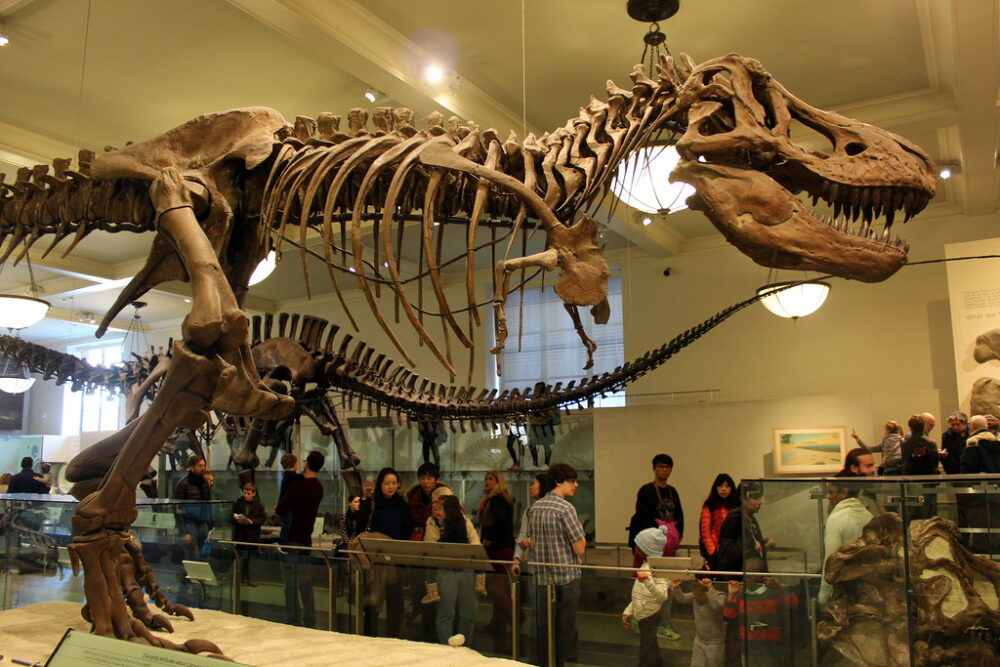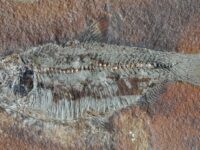A joint effort led by the Royal Ontario Museum and McMaster University discovered a malignant bone cancer for the first time in a dinosaur — in the species Centrosaurus apertus.
This discovery is the first of its kind where a case of osteosarcoma, a malignant bone cancer, had been studied in a dinosaur with modern medical techniques, some of which included powerful three-dimensional CT (computer tomography) reconstruction tools to visualize the tumor. The C. apertus was a herbivorous dinosaur that lived 76 to 77 million years ago. Through a set of different diagnostic tests performed by experts in the field of oncology and human pathology, the cancer was found in the fibula (lower leg bone).
This discovery is the first of its kind where a case of osteosarcoma, a malignant bone cancer, had been studied in a dinosaur with modern medical techniques.
In order to verify their diagnosis, the scientists compared their results to a known human osteosarcoma. The patient chosen to compare the results was with a 19-year-old male who was diagnosed with a conventional osteosarcoma and was treated with chemotherapy. The morphology of the tumor in both specimens was similar, proving that the cancer in the dinosaur was an osteosarcoma.
The first confirmed case of bone cancer in a dinosaur helps scientists gain a better understanding of genetics and the evolutionary history of dinosaurs.
The experts used a multidisciplinary approach because the evolutionary history of osteosarcoma is limited. The first confirmed case of bone cancer in a dinosaur helps scientists gain a better understanding of genetics and the evolutionary history of dinosaurs. Such a multimodal approach to studying cancer can be utilized for the diagnoses of several other diseases and illnesses, establishing more links between modern human diseases and diseases from the past in order to develop more integrated and targeted therapies.
Sources:
The Lancet Oncology (2020). DOI: 10.1016/S1470-2045(20)30171-6
Image courtesy of Flickr


